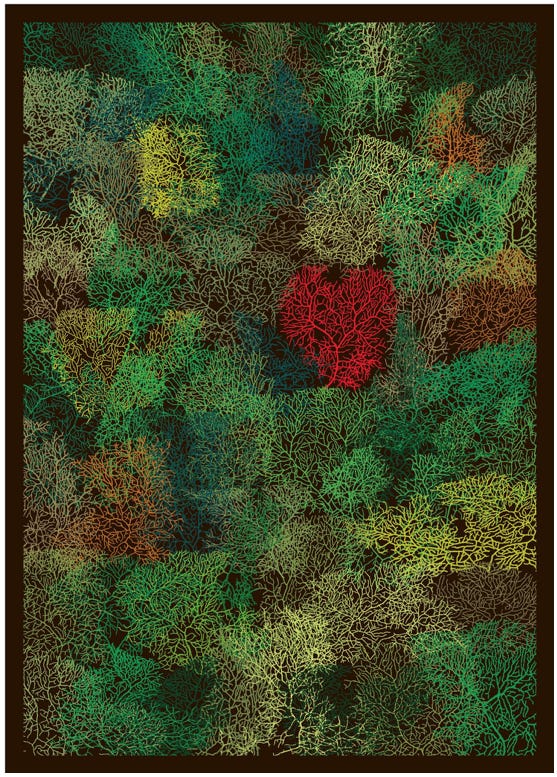Why neuroscience has failed women for decades

Imagine you are a policymaker trying to decide whether to implement a new policy that will affect everyone. Wanting to do this carefully, you smartly decide to ask your constituents what they think of the policy. However, you exclude women from your questioning because women might have a different opinion and it's more convenient to seek your constituents in places where men gather.
Sounds nuts right?
Yet this is essentially what has been happening in animal research for the last several decades.
According to a recently published review in Nature Neuroscience focused on gender bias in chronic pain research, an estimated 79% of research studies from 1996 to 2005 involved male rodents only despite the fact that women are disproportionally affected by chronic pain.
One recent example includes the sleeping drug Ambien which had been tested in male rodents and then men in clinical trials, yet was later shown to be far more potent in women leading to worse side effects.
Why sex differences probably don't matter
Why would scientists intentionally exclude females from rodent and human studies? One reason often cited is that data from female subjects would be more variable and volatile because of their cycling hormones.
Yes, the very same sexist stereotypes that initially barred women from the US Space program is still used today in hundreds of studies.
Yet, the notion that sex differences could confound a study is demonstrably false. For example, a recent meta-analysis (a statistical test in which data from lots of individual studies are combined for a more powerful analysis) of nearly 300 studies found that gene expression was no more variable in female mice than male mice.
Moreover, who is to say that there are not volatile male-specific hormones and behavior such as testosterone or aggression?
There are differences in male and female biology, but shouldn't that only encourage the inclusion of both sexes in studies—especially for medicines intended for everyone?
Why this matters to you
This topic has a few important implications for all of us including:
Science takes place in a wider context
This may seem obvious, but research is conducted by humans who are subject to conscious and unconscious bias. Data collection is often messy and fraught with systematic errors. Yet I constantly see online—especially within the COVID-19 pandemic—people acting as though data are some objective representation of reality. Research can be sloppy and the confounding variables are often subtle. Would you have noticed a detail in a study as minor as the gender of the animals used? The wider context, such as our society's pervasive stereotypes of women, affect scientists and their science.
Scientists can't just "stick to science"
As a scientist myself, I am often tempted to just withdrawal from the difficult questions in our society and stay within my corner of academia where I feel comfortable. However, we need to realize that our understanding of the world and reality affects our research. Our biases pattern our thinking and can prevent innovation.
📣 Call to Action
When you hear about a new COVID-19 vaccine trail, are you going to wonder if they included males and females?
📰 Neuroscience in the news:
How the menstrual cycle may actually change women's brains for the better
Why we may be facing a secondary pandemic of neurological disease: how COVID-19 affects the brain
"In fact, there is a significant percentage of Covid-19 patients whose only symptom is confusion" — Robert Stevens
Neuroscience could be the key to getting people to wear masks
🖼 Image of the Week

“The Mind Forest” by Robert Luck
🗣 Quote: “We are not just our neurons we are also our bodies” - Matthew Cobb
⚡️P.S. If you liked this newsletter, please forward it to friends! If you’re new here subscribe below⚡️
🤔 Questions or comments? Just hit “reply” on this email
Follow me on Twitter
Connect on LinkedIn

